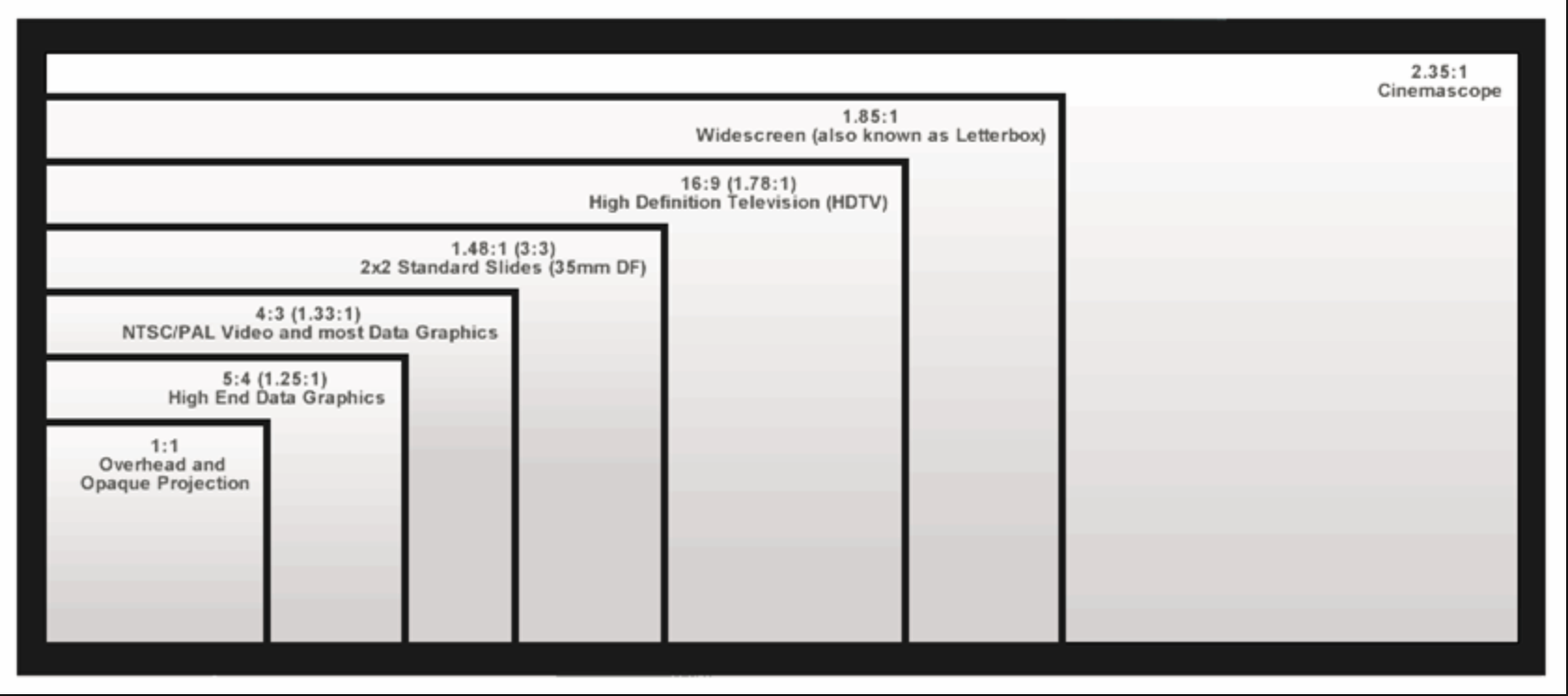Over the last 10 years the video production industry has evolved and changed very quickly. Online streaming of content has grown into a huge and hungry beast that has disrupted traditional free to air TV and cinema market.
One thing that changed in a big way, is the emergence of hand held screens for viewing content and the news feed system. With the emergence of Smartphones and platforms like Facebook and Instagram, its introduced the approach of scrolling through a curated news feed versus searching through websites in a normal web browser.
This has led to some interesting changes in how we present content. Television in the past had a 4:3 SD picture, which then gave way to 1920x1080 HD picture which is what we are used to watching now. Better television sets, better broadcasting and better cameras allowed this to happen and it drastically improved the television watching experience.
In a similar way smartphones and social media have meant that a huge amount of content is seen inside a news feed which means that content has to fit inside the parameters unique to the platform it’s in.
Some of the most popular platforms like Facebook, Instagram and Snapchat have adapted over the years to video and have improved the functions to utilise it. It can all get a little bit confusing. Facebook can play Widescreen video in the normal 16:9 ratio, but a lot of companies choose to use what is a called a 1:1 ratio so the content will appear in a square format, more like TV in the past. Instagram allows 16:9 or 1:1 video up to 1 minute in length in the news feed but will allow a 9:16 video in the 'story' section, which is essentially portrait style video. Snapchat is also pushing this style.
This leads to more choices and decisions made in the planning and post production processes. A single piece of content that is being utilised on numerous platforms will potentially need to be edited into all different formats to maximise impact on all different social media and video platforms. This means potentially cropping out parts of the video and overlaying a full video over backgrounds.
In this era of video content one size doesn't fit all.

